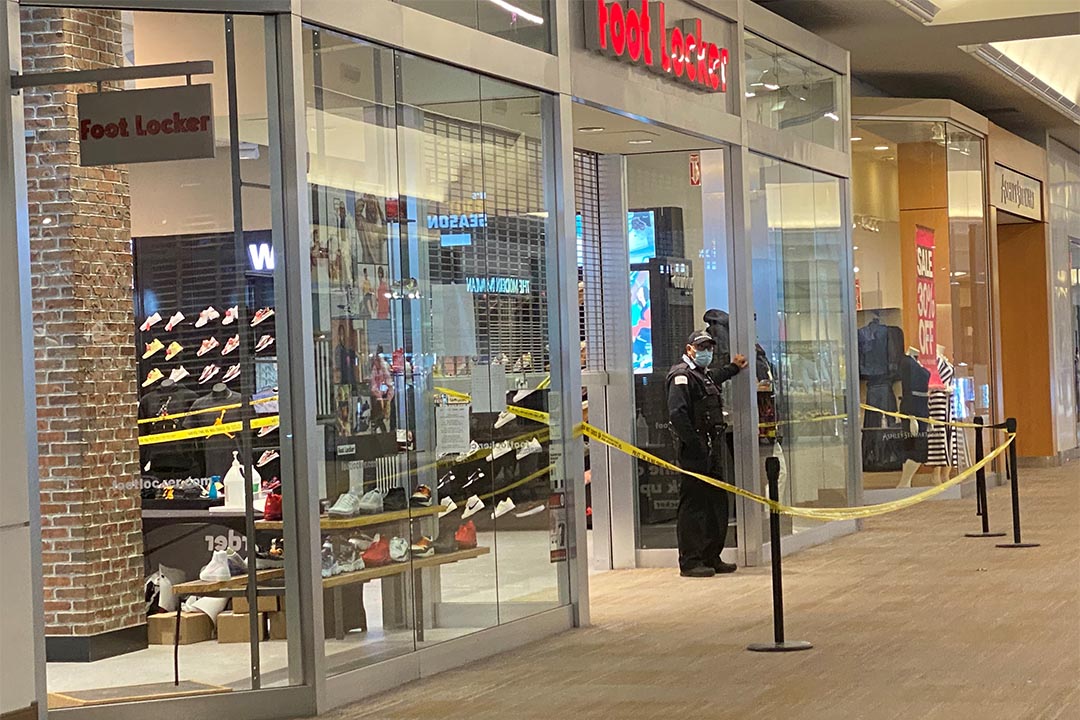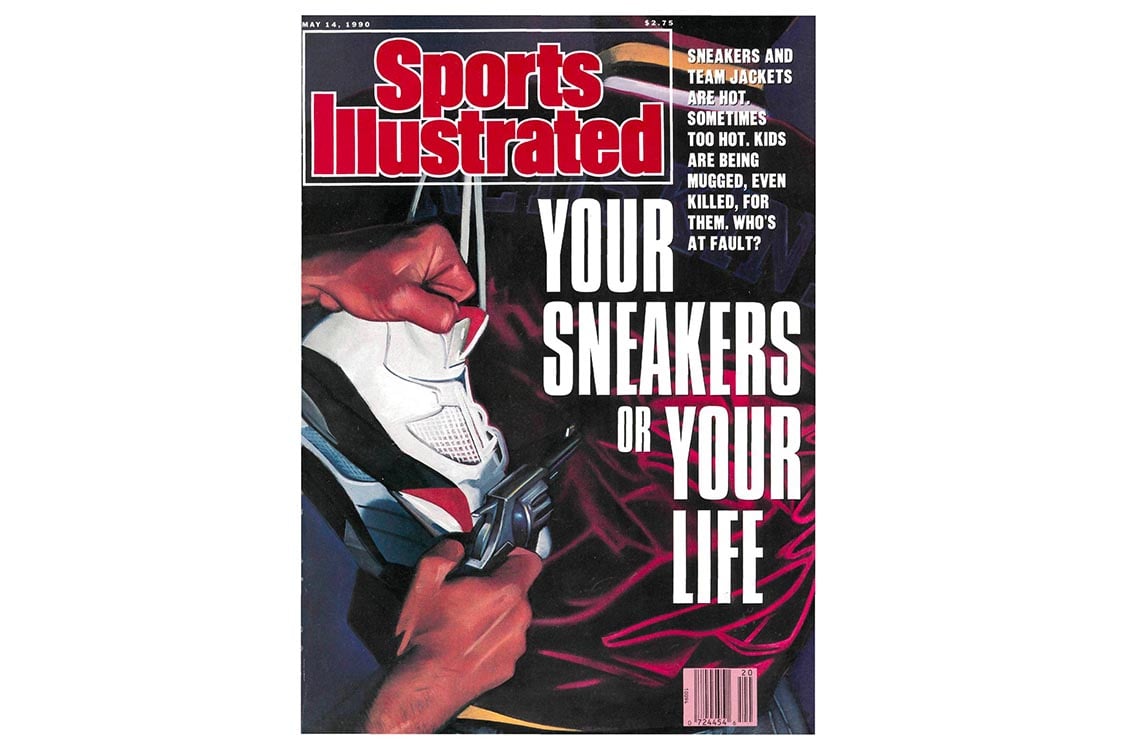This post may contain affiliate links. Please read our disclosure policy.
The community has always driven sneaker culture. And yet, it’s the community that suffers the most when things within sneaker culture turn ugly.
The current demand for sneakers is reaching an unprecedented height. Pop-culture embedded collaborations, regional exclusives, resell becoming a business of its own, and the overall digital age has propelled sneakers into a new echelon. Everyone wants to be a part of it, yet the supply is nowhere near the Goliath-like demand.
And that becomes a problem. It’s not a new one. It’s not one that hasn’t been addressed. Nonetheless, we continue to have the same conversations when violence and a lack of human decency clouds a sneaker release — even during a deadly pandemic.
A 22-year-old man was shot at the Foot Locker in Ford City Mall in Chicago, according to Chicago’s ABC affiliate. The victim is in serious conditions after being shot twice in each arm and twice in the lower back. The suspect fled the scene, WGN reports.
Another shoe store shooting recently took place at a Shoe Palace on Hollywood & Highland mall, according to KTLA. The suspect is in custody.
These aren’t the first time we’ve seen violence make headlines within the game. Sports Illustrated’s “Your Sneakers or Your Life” article in the summer of 1990 raised the question of who’s to blame, whether the consumer or the brands themselves.
“Charged with first-degree murder was James David Martin, 17, a basketball buddy who allegedly took Thomas’s two-week-old Air Jordan basketball shoes and left Thomas’s barefoot body in the woods near school,” wrote Rick Telander in the article.
The rerelease of the Air Jordan 11 “Concord” in 2011 also caused an uprising that led to shots being fired and senseless violence in Richmond, California.
As the beloved AJ6 “Carmine” made its return, so did the violence. It doesn’t, however, need to be like this.
Every Saturday morning the timelines are filled with memes of taking Ls, “Didn’t Get ‘Em” screenshots, and people admitting that the pleasure of the game is drying up.
Brands, not just Nike and Jordan, need to deliver on the demand. There’s no reason that more shoes can’t be made. Upping production numbers can’t significantly hurt the brand’s bottom line. So, what’s the holdup?





